North Dakota
A week or so ago I took a short trip to North Dakota, my home state. I’m no stranger to North Dakota, having spent most of my first 25 years there, and until Covid-19 interrupted, taking nearly annual journeys there for visits.
I’m a North Dakotan, native to the tiny towns that make up the prairie. Growing up I lived in eight of those towns, taught one year in another, and visited many more in the years during and since.
Two days on the prairie, between Fargo and Bismarck basically, is just a moment. At the end of this post I’ll include several photos. The meat of this post became memories of a rural post office, which was stimulated by a photo display at the North Dakota Heritage Center in Bismarck, then a book I saw at the gift shop the same day, July 27. The book title is “The Prairie Post Office” by K. Amy Phillips et al, published by NDSU Press in 2017. I have it. I recommend it. Here is the portion of the book relating to North Dakota Postal History, by Kevin Carvell: NDakota Postal History 3. It is very interesting..
The photo display included four of the eight post offices of my youth: Sykeston, Eldridge, Rutland and Karlsruhe, then and now tiny towns. What follows are some memories of the Sykeston PO from the time period 1946-50 when I was a youngster. Here’s one of the photos, of the Sykeston Postmaster in 1903:
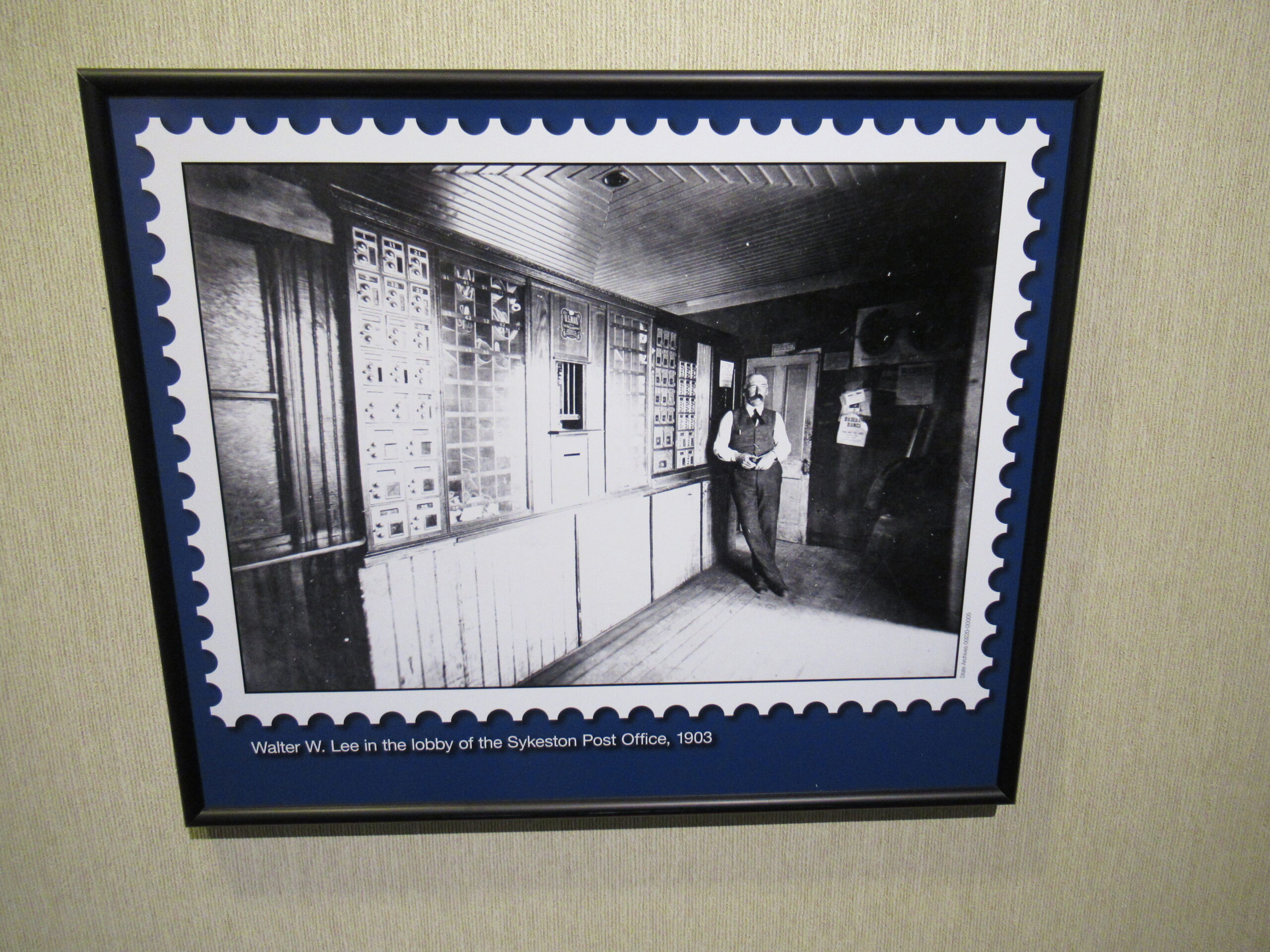
Sykeston post office and postmaster 1903, photo at North Dakota History Center, Bismarck July 27, 2021.
Here’s the ‘business end’ of a typical rural postoffice, also seen at the ND History Center: You can see the resemblance to the Sykeston Post office (above). This is how it was.
The Sykeston Post Office of my memory was in a small but impressive brick building on Sykeston’s single block Main Street. I think the postmaster when I lived there was Ed Sondag, and the rural letter carrier was Elmer Eaton. I write from the vantage point of a kid 6-9 years old in the 1940s.
The position of postmaster had stature in every town. One of my Dad’s cousins, Ernest Collette, served as postmaster of Grand Forks ND for 20 years.
In those now-olden days, the mail came by railroad, a necessity of life for every place connecting with the rest of the world.
In those years, the branch line train to Sykeston came twice a day – the morning train brought the mail bags and assorted freight, mostly for the farmers. The branch line went about 90 miles, from Carrington to Turtle Lake, where it turned around and came back in the afternoon, I suppose five days a week, though it may have gone west one day, and back the next as it stopped at every town, which at that time were roughly seven miles apart. There was a single non-freight car that carried the mail and any passengers. I suspect most of the cargo aboard was items purchased from somewhere by local residents, probably from the ubiquitous catalogs; or provisions for the local stores. Most of the cargo out was grain or other harvest from the farms.
At Sykeston, the post office was a block or so from the Depot. The mail ritual was always the same: a clump of folks, all men in my memory, would gather and share news while waiting for the mail sort to be completed.
I remember a large push cart with a flat surface, open sided, with two large diameter metal wheels. It was easily maneuvered by one man – Mr. Spitzer? – who pushed it down to the train, and back. It was specifically built to transport mail sacks and parcels from train platform to post office. The load could be balanced so as to be easily moved by a normal person. No motor! I tried to find an example on the internet. The closest might be an old fire hose cart without the hose, like here, with a wider wheel base, and a flatbed. Perhaps the local blacksmith built it. I’ll never know. It was a push cart, not a pull cart.
In the lobby – a small space – the window didn’t open till the postmaster had finished putting the mail in the boxes. I don’t know if the mail came every day. My guess is that it did, during the normal week. My little kid sense was that the mail was an important town event every day. “Mail call” in the Army, which I experienced directly, is analogous. There a mail clerk delivered the mail to the troops.
Larger items, like somebodies plow parts, or such, would be picked up as freight at the depot; some possibly delivered by the rural mail carrier. Rural mail boxes could be very large, designed to hold larger items like from the catalog. Things like baby chicks would be delivered to the farm door. This was long before UPS or Fed Ex etc.
The postal delivery man at Oriska ND way back in the day, from Larry, last year. Special thanks to Carol for reminding me that I used this in mid-August, 2020, in another blog, The Postal Service.
The depot agent was also a very important person in the town. People like Mr. Neustel, or Mr. Luiten, or endless other depot agents were every towns connection with the rest of the world. Folks like them could send telegrams. The local phone operator also comes to mind….
Time changes things of course. All of us who grew up in these small towns know that they are ever smaller and have often become ghost towns. Whatever passes for population growth in North Dakota and other rural states is concentrated in the larger cities, which also are the trade centers. Rural rail, what remains of it, is basically for transportation of grain. Trucks basically replaced trains years ago. On and on….
But the exhibit and the book brought back lots of memories.
POSTNOTE August 14: Here’s how Sykeston remembered the Railroad and Postoffice in its 1983 Centennial History: Sykeston 1983 Railroad Post Office.
Here’s the map of ND railroads in 1914:
Here are some other photos from a whirlwind trip to my home state.
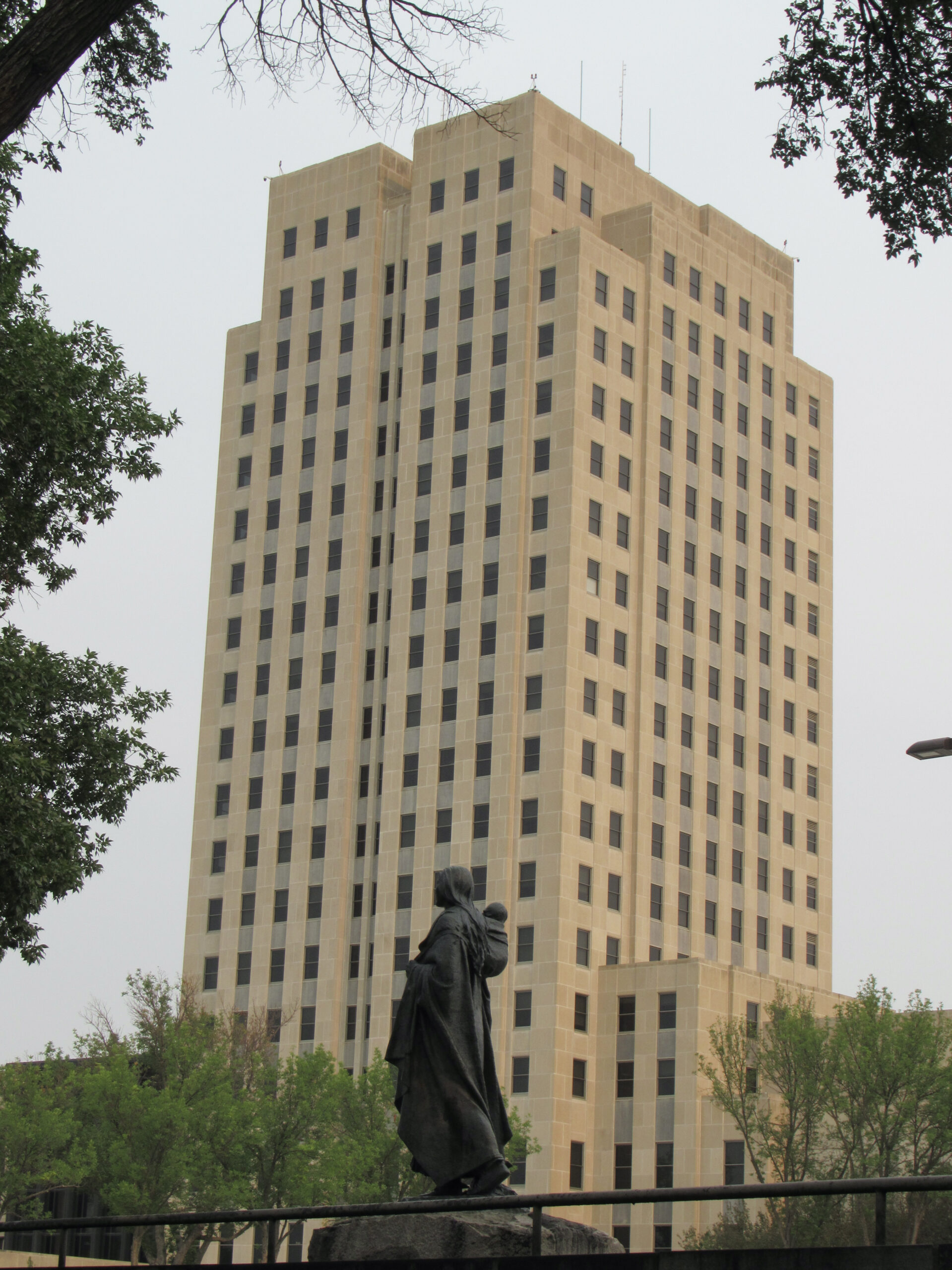
North Dakota’s State Capitol and prairie skyscraper, built in the 1930s to replace the previous capitol which had burned.
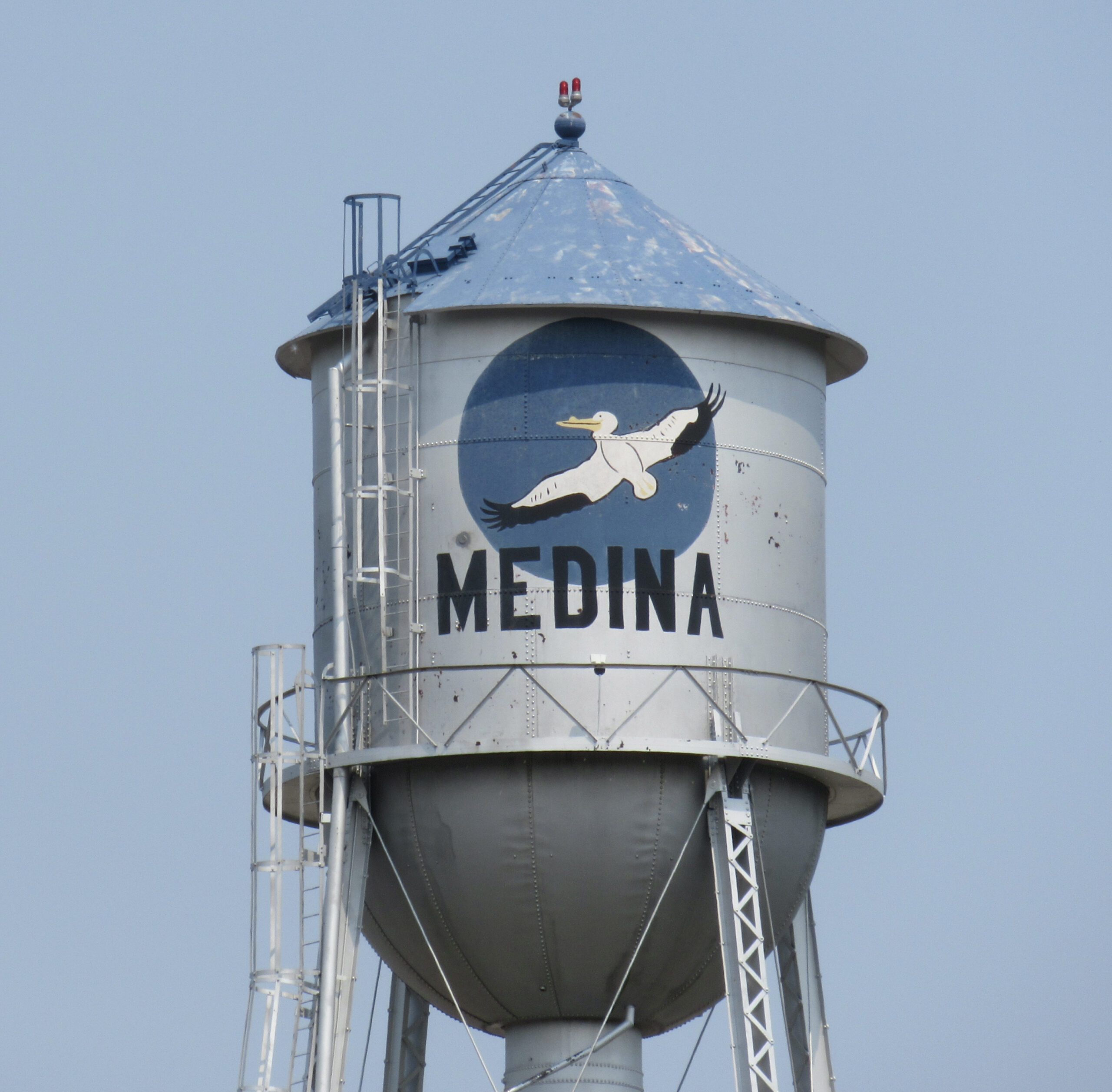
The Medina Water Tower. Medina is near the Chase Lake Wildlife Refuge which is best known for Pelicans.
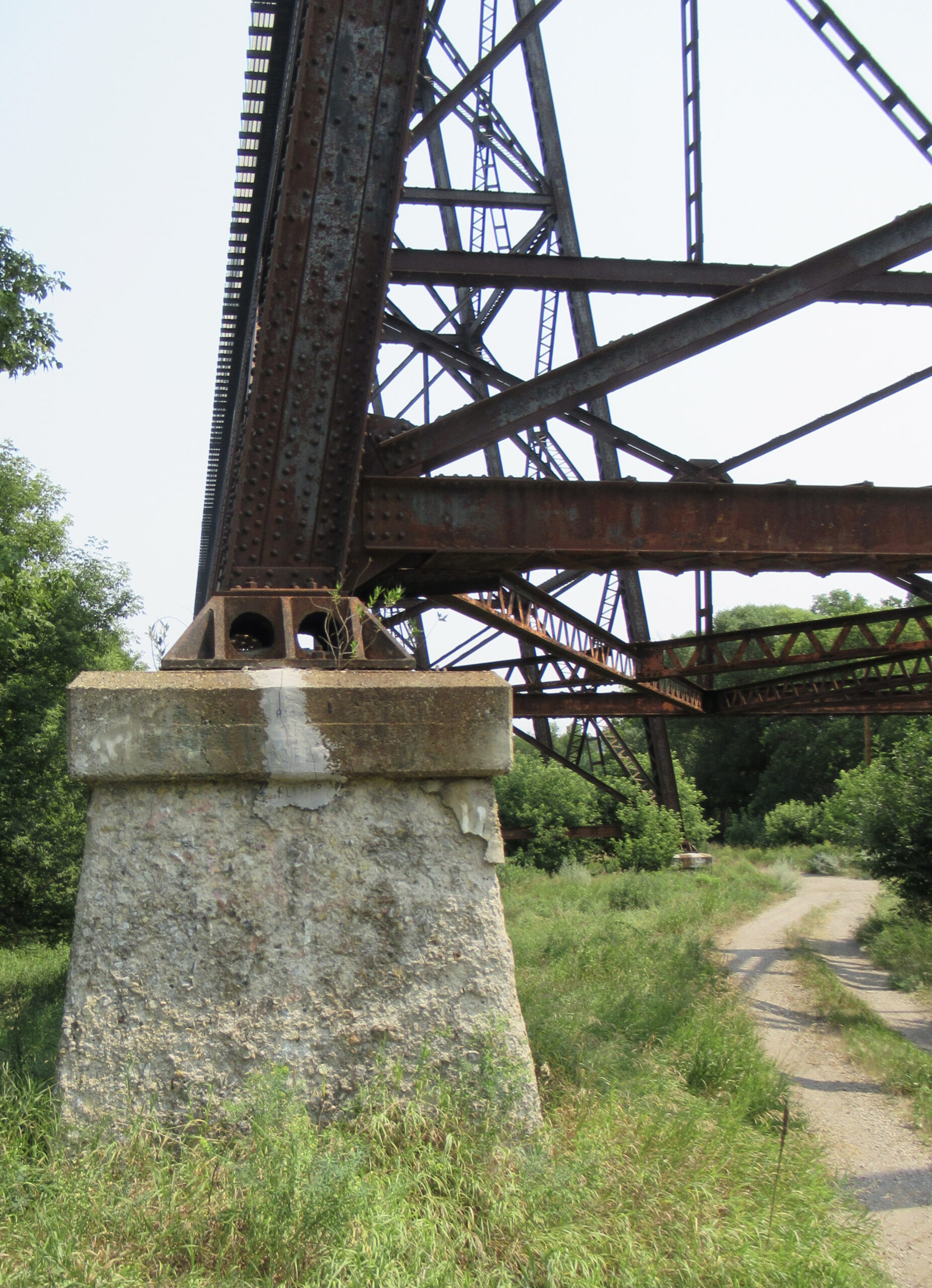
Aging base of pillar of the iconic (1907) hi-line railroad bridge, Valley City ND July 27, 2021

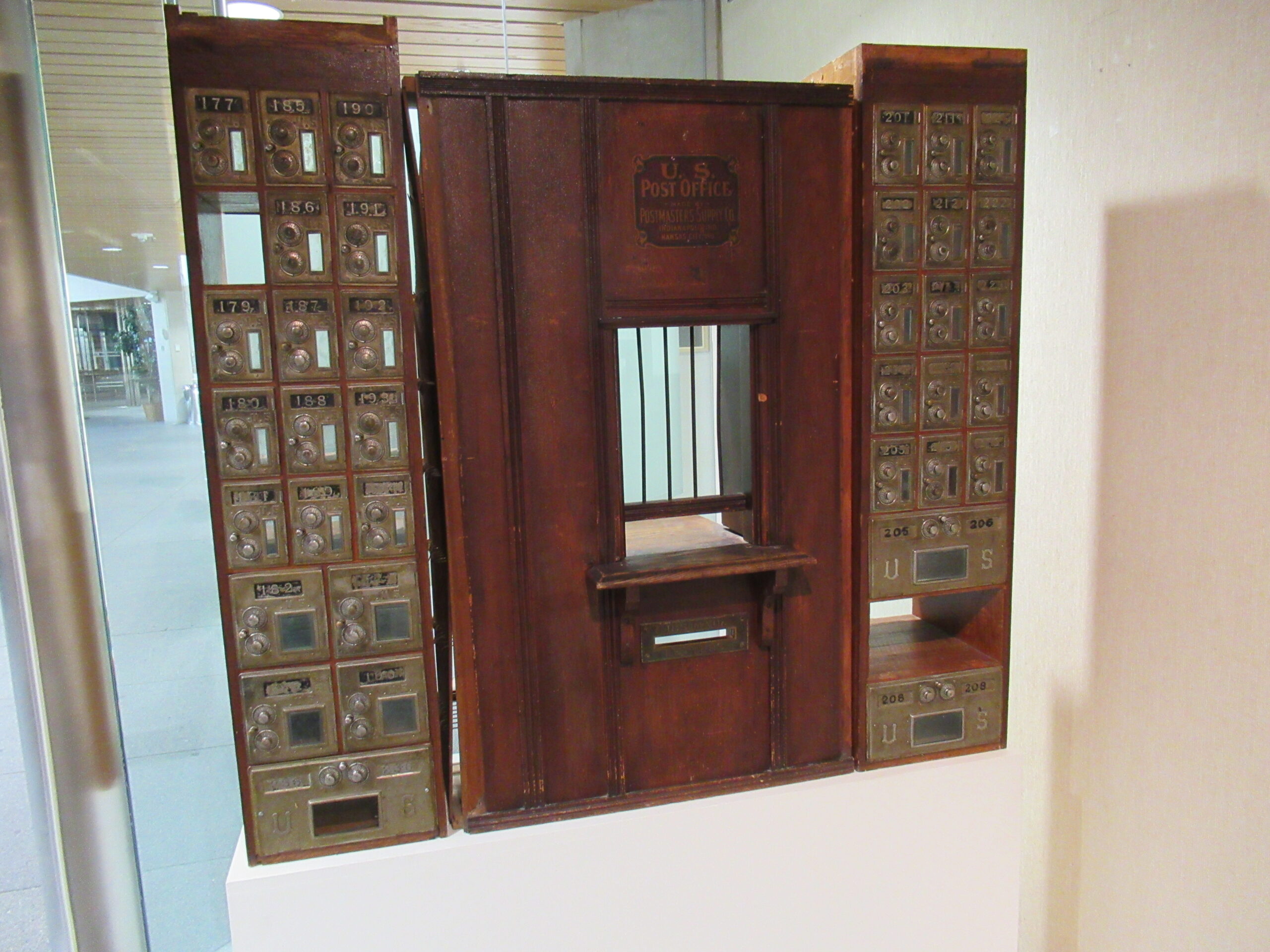
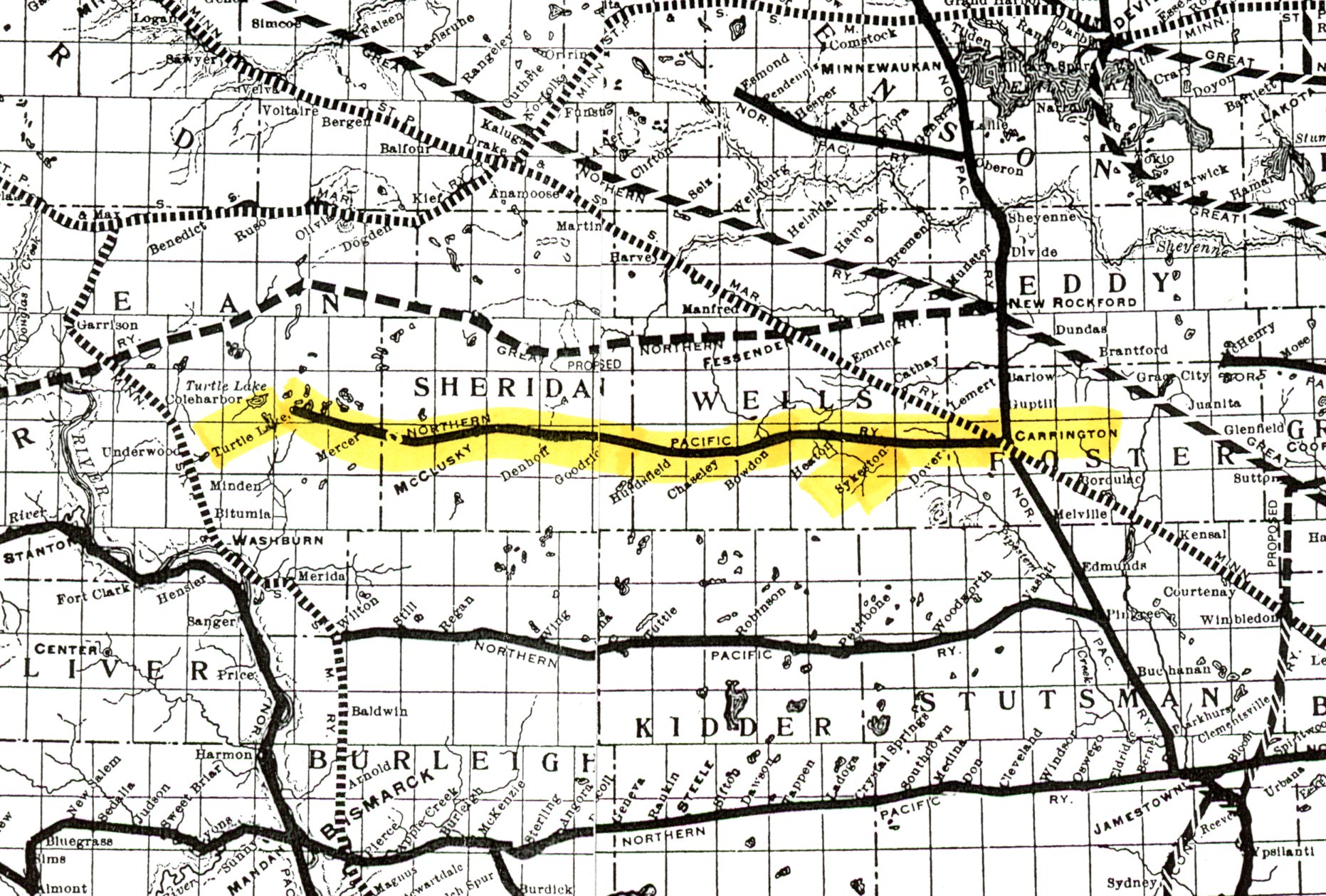
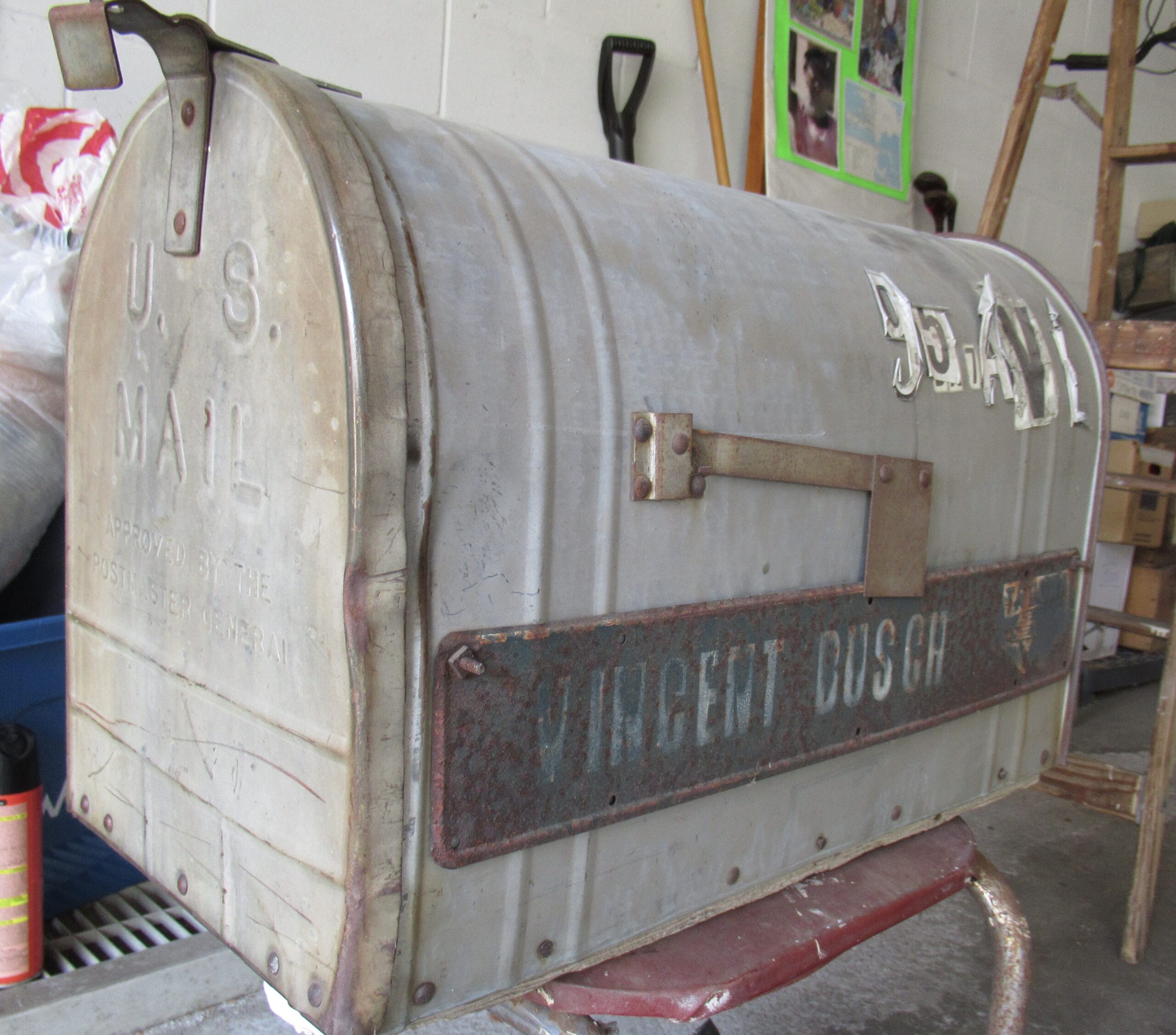
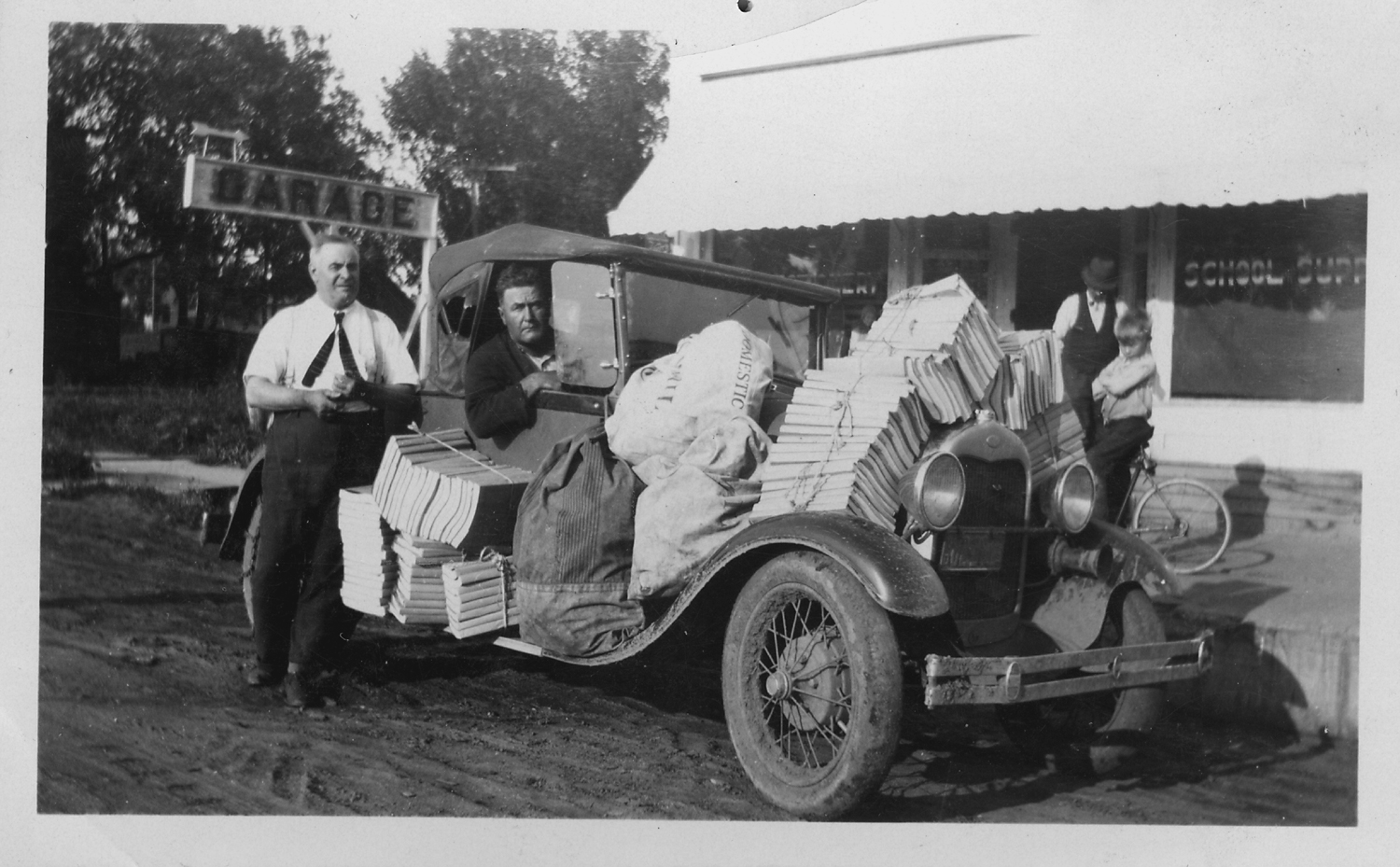
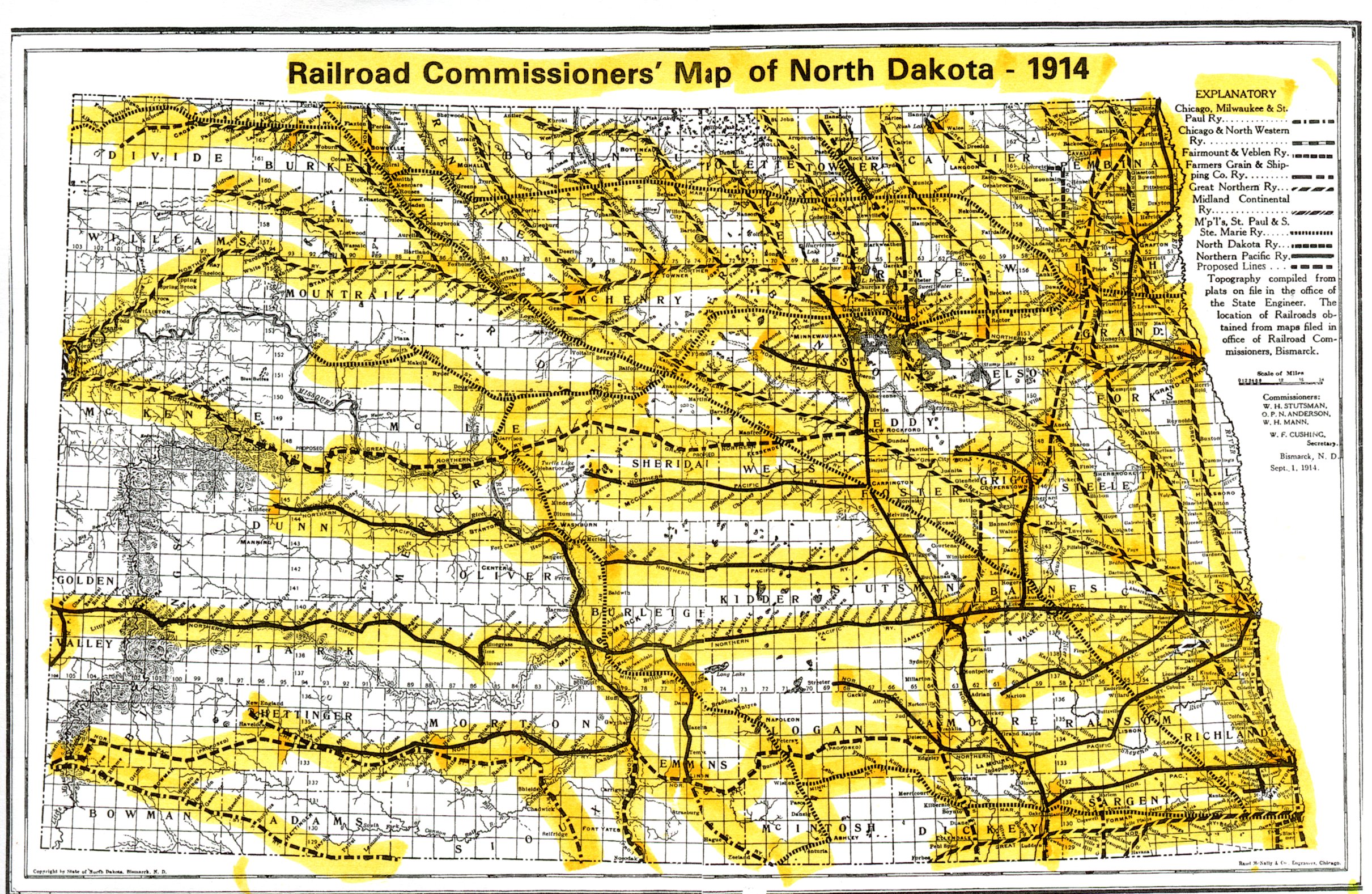
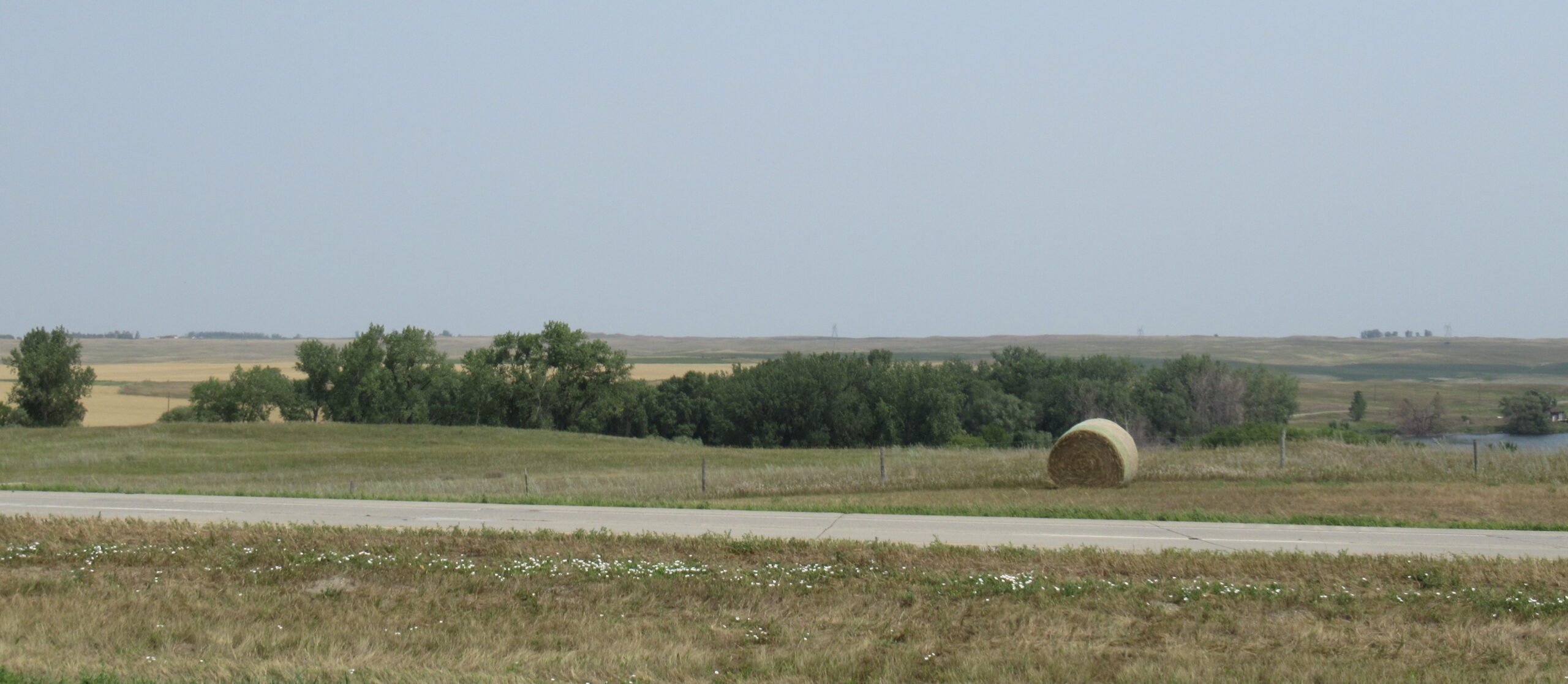
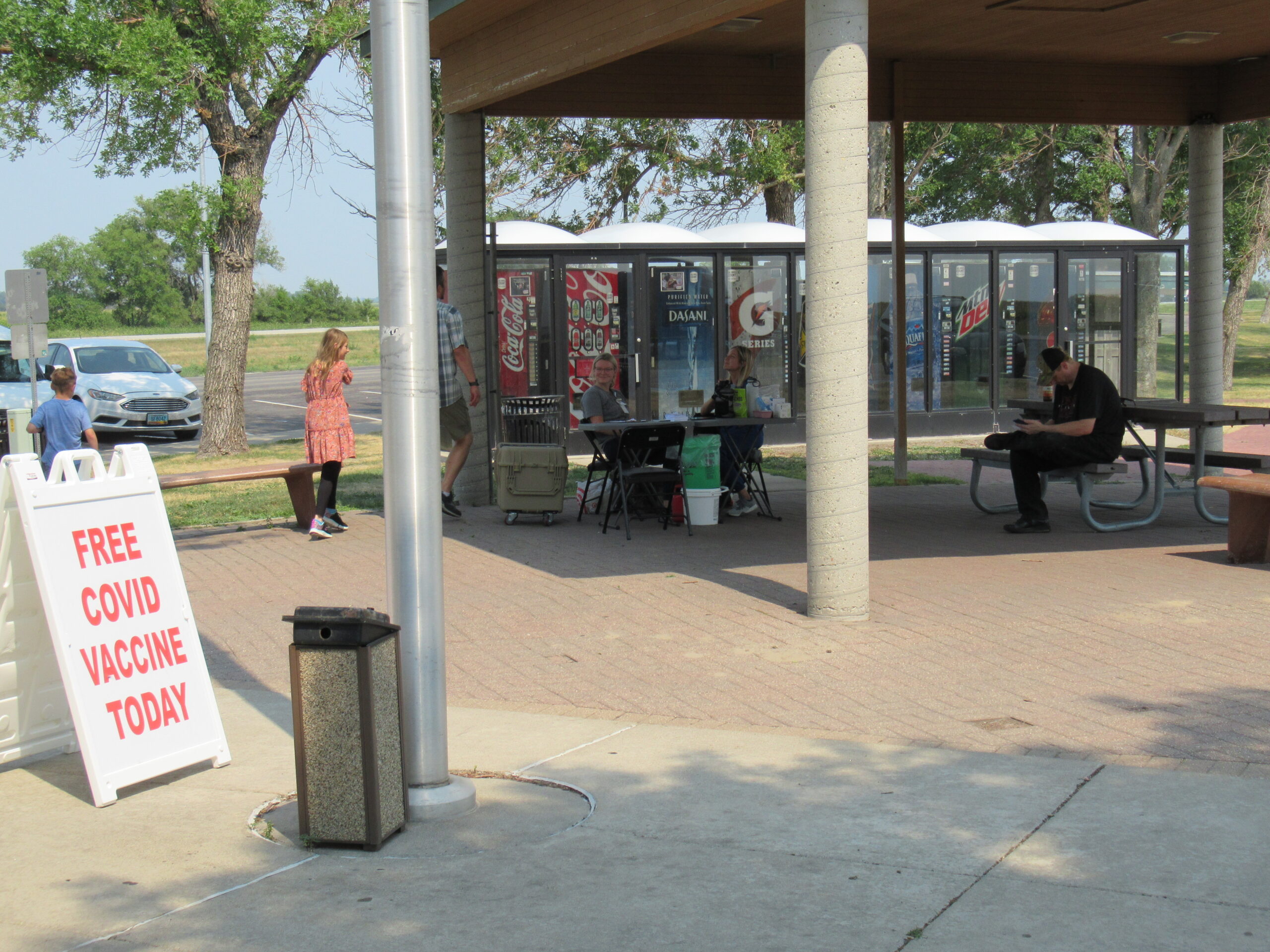
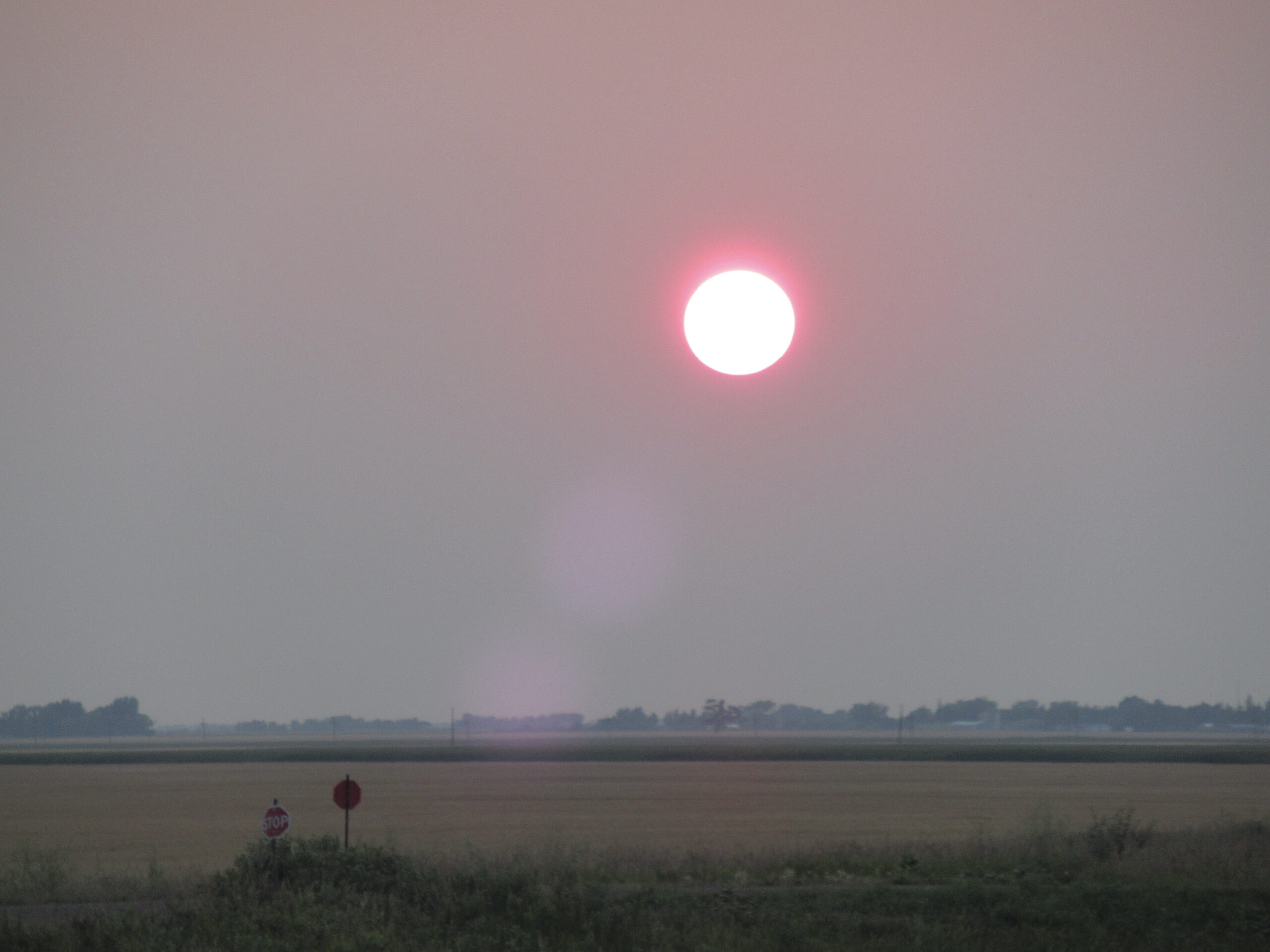
My brother, an art major and graduate of Valley State, did an oil painting of the iconic bridge as one of his projects.